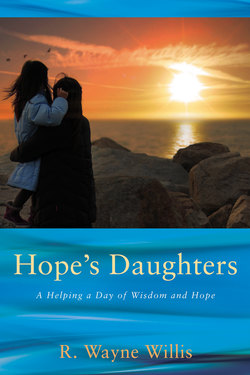Читать книгу Hope’s Daughters - R. Wayne Willis - Страница 31
На сайте Литреса книга снята с продажи.
January 24
ОглавлениеThe first convention for women’s rights was held in Seneca Falls, New York, in 1848. Men were free to attend but were asked to remain silent.
After conventioneers drafted a document demanding women’s right to vote, many newspapers weighed in. A Lowell (Massachusetts) Courier editorial warned that, with women’s equality, “the lords must wash the dishes, scour up, be put to the tub, handle the broom, darn stockings.” Philadelphia’s Public Ledger and Daily Transcript declared: “A woman is nobody. A wife is everything. The ladies of Philadelphia are resolved to maintain their rights as Wives, Belles, Virgins and Mothers.” The Oneida (New York) Whig declared: “This bolt is the most shocking and unnatural incident ever recorded in the history of womanhood. If our ladies will insist on voting and legislating, where, gentlemen, will be our dinners and our elbows? Where our domestic firesides and the holes in our stockings?”
Only one of the more than one hundred signers of the Seneca Falls Declaration of Sentiments was still alive in 1920 when the Nineteenth Amendment giving women the right to vote finally passed.16
It is hard to exaggerate how far the movement to include women in the Declaration of Independence’s “all men are created equal” dictum has come since the Nineteenth Amendment passed. The female college seniors in a class I teach are unable to appreciate how hard and long the struggle to free women from millennia of patriarchal rule has been. They take with a yawn, as a given, as something obvious to any numbskull, that women are equal to men: “Who would question that?”
Our granddaughter will begin elementary school this year with no doubt in her mind that she is as free as any boy in the class to become a nuclear scientist or a neurosurgeon. Someday she will study history and learn to credit her freedom-fighting foremothers.
